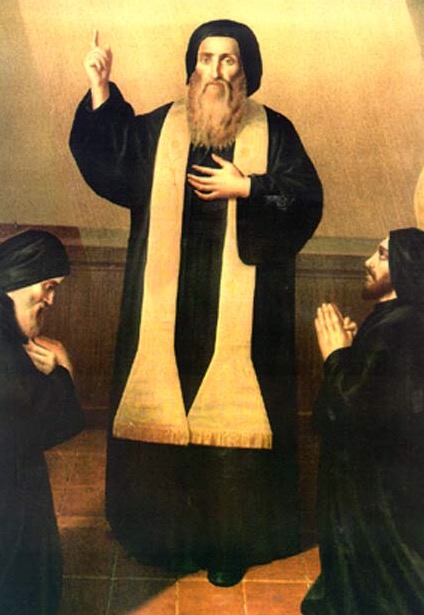St Nimatullah
BIRTHPLACE, CHILDHOOD & NOVITIATE
Youssef Kassab was born in 1808 in the village of Hardine, North Lebanon, is one of seven children of Catholic Maronite parents George Kassab and Marium Raad. As a boy, Youssef attended the school run by the monks of the Lebanese Maronite Order at the Monastery of St Anthony in the village of Houb, North Lebanon.
After he finished his studies there in 1822, he entered the Monastery of St Antonios in Kozhaya, North Lebanon entering the novitiate of the Order which had taught him in November 1828 and which he also took the monastic name of Nimatullah.
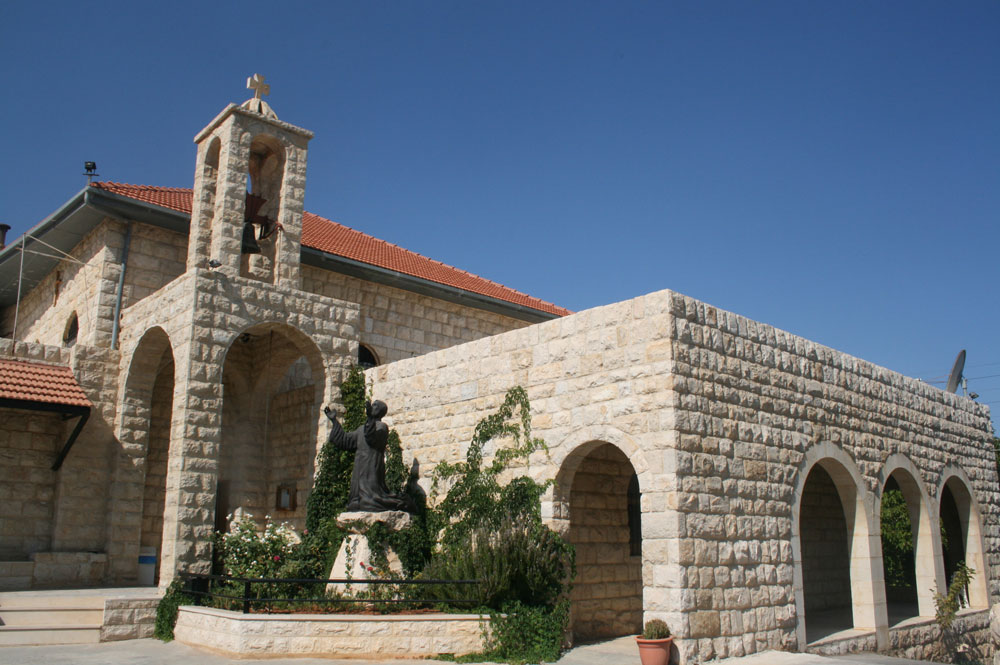
BROTHERHOOD, EDUCATION, ORDINATION & PRIESTHOOD
Brother Nimatullah was assigned by the Abbot of the monastery to learn how to bind books and he also spent long periods of his initial formation in the monastic life in frequent prayer, at times spending the whole night in prayer in the monastery church, praying to the Blessed Sacrement.
Brother Nimatullah made his religious profession of vows on 14 November 1830 and was then transferred to the Monastery of St Cyprian and St Justina in Kfifan, North Lebanon to pursue higher education in preparation for his ordination, which took place on Christmas Day in 1833.
After Father Nimatullah ordination, he was assigned by the Abbot to teach at the Order’s seminary and to be the director of the seminarians. Father Nimatullah was a famed member of the Order and was well loved by all students especially by Brother Charbel (St Charbel) which he provided him with great education and direction.
As a monk, Father Nimatullah spent his entire life in prayer and the service of his Order. He served on its General Council between the period of 1845 to1858, also serving as Assistant Abbot General during this period by appointment of the Vatican. This responsibility was in addition to all his duties in the seminary. As a sign of his humility Father Nimatullah refused to be named and called Abbot General.
Father Nimatullah was severe on himself but a model of patience and forbearance to his fellow monks, to the point where he was reprimanded for his leniency by the order. He bore all this as part of the challenge of monastic life. One of his brothers, who had also entered the monastery and had become a hermit, advised him to seek a similar solitude and become a hermit. Father Nimatullah declined, saying that community life was the true challenge for a monk.
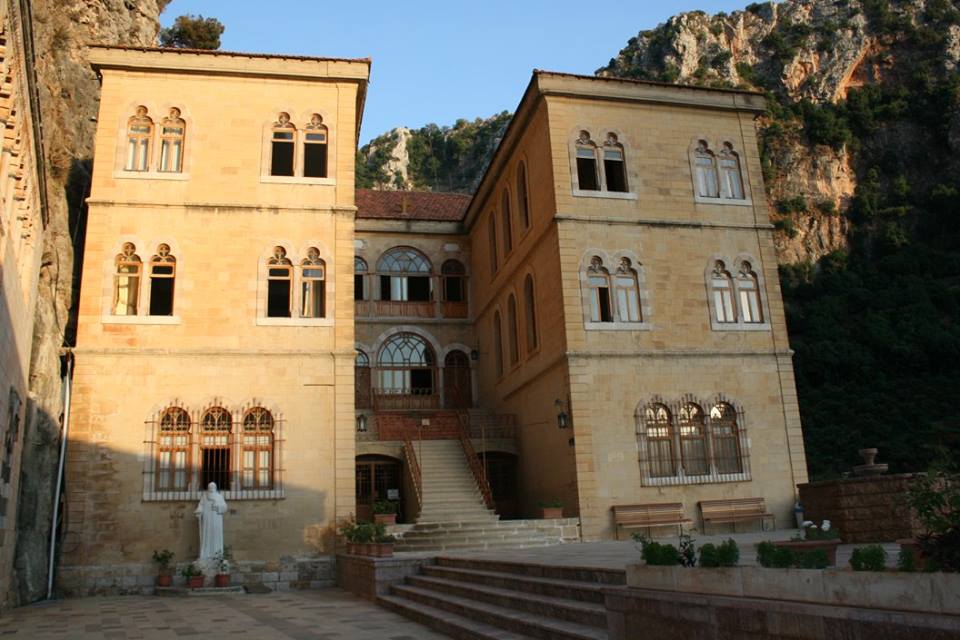
DEATH
Father Nimatullah fell ill in the winter of 1858, dying after suffering nearly two weeks of high fever on 14 December. In 1864, his tomb was opened for re-burial and to the surprise of the monks, his body was found to be intact.
Such was the reverence with which he was held during his life, Father Nimatullah’s body was exposed to the public for veneration until 1927 when a Committee of Inquiry into his possible canonisation had completed its work. Father Nimatullah’s body was then buried in a small chapel.
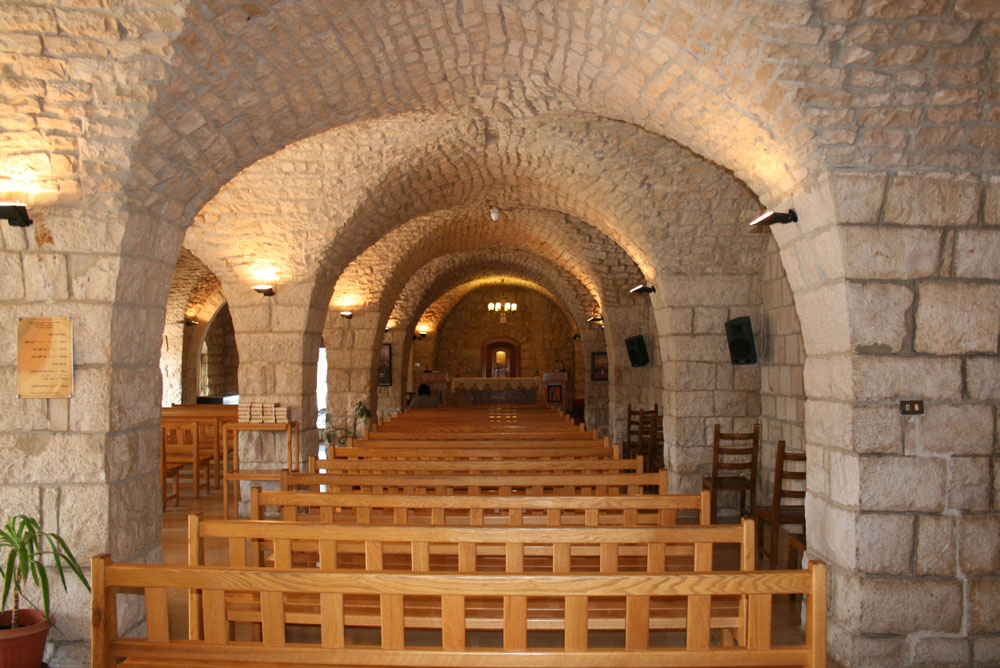
St. Nimatullah Al Hardini Coffin
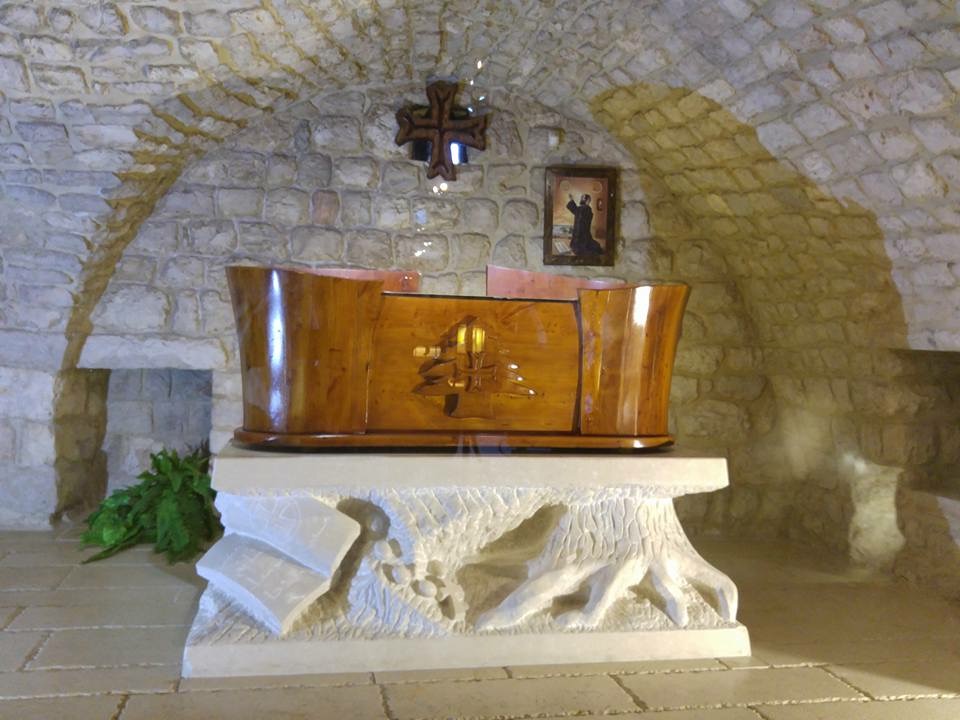
MIRACLES
Father Nimatullah is believed to have performed many miracles during his life due to his deep spirituality and his high virtues. He is commended for having a radiant soul and it was said that he was deeply united to his creator. “The Saint of Kfifan” was stated to have the gift of prophesy and hence became known as “a man of vision.”
According to some sources, on one occasion when he was teaching his students and facing a large wall outside the monastery of Kfifan, North Lebanon he had a sense that the wall was suddenly going to fall. Father Nimatullah asked his students to move away just before the wall fell down, sparing all students from injury and death.
Another healing was granted to an Orthodox blind man, Moussa Saliba, from the town of Bteghrine, Mount Lebanon. Moussa Saliba visited Father Nimatullah tomb, praying and asking for his blessing. A deep sleep overcame Moussa Saliba and then Father Nimatullah appeared to him and healed his eyes which enabling him to see clearly.
Another healing occurred to a Melkite man, Mickael Kfoury, from the town Watta El-Mrouge, Lebanon. Mickael had an incurable illness which was attacking both of his legs, which rendered them dry and devoid of flesh to the point of crippling him. His doctors had abandoned all hope of a cure.
Having heard of the miracles that Father Nimatullah was performing this man decided to visit Father Nimatullah’s tomb in Kfifan, North Lebanon and prayed for his healing. He slept the night at the monastery and while he was in deep sleep an old monk appeared to him saying: “Stand up and go and help the monks carry in the grapes from the vineyard.” He immediately replied: “Don’t you see me paralysed, how can I walk and carry the grapes?” The monk answered: “Take this pair of shoes, wear them and walk.”
The sick man then took the shoes and tried to stretch out his right leg and to his surprise he was able to do so. He woke up and started to feel both of his legs which were now full of blood and flesh and after he stood up he found himself totally healed.
On September 26, 1987, Andre Najm accompanied by his family and friends went to visit the monastery of Kfifan, North Lebanon where he prayed fervently at the grave of Father Nimatullah. The people around him heard him say “I beg you, Father Nimatullah, give me a drop of blood for I am so tired to the point where I can’t even beg for blood on the street.”
He then asked to wear the monastic habit, moments later he was cured and cried out with joy, “I wore the monastic habit, I am cured, I don’t need blood anymore!” Andre has not required any blood transfusions since that day and in 1991 he married Rola Salim Raad. They have three children, a son named Charbel and two daughters named Rafca and Maria.
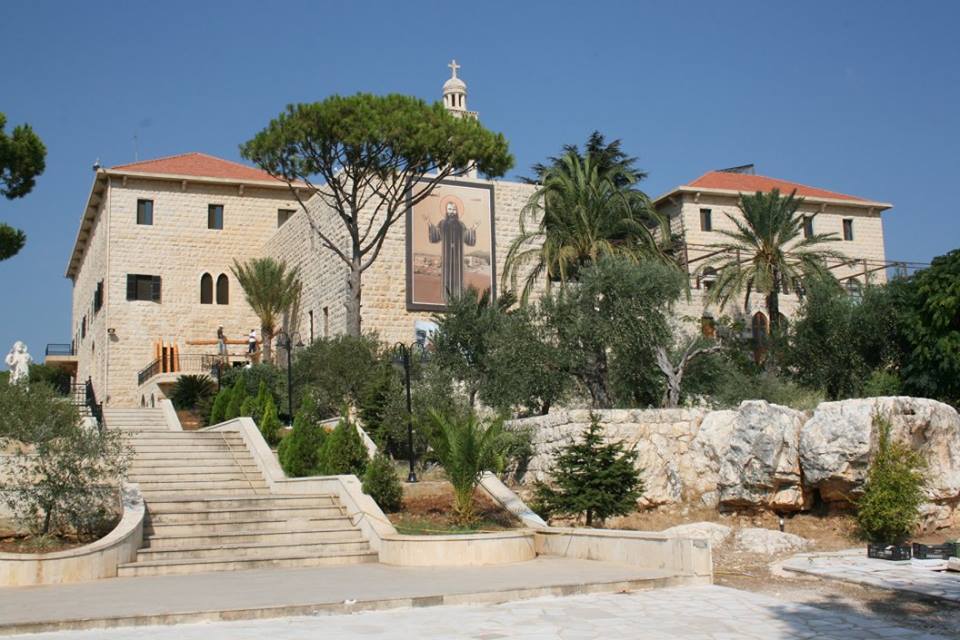
BEATIFICATION & CANONISATION
The cause for Father Nimatullah canonisation was formally accepted by the Vatican on 7 September 1978 and he was declared Venerable. On 2 May 1996, Bishop Khalil Abi Nader, retired Bishop of the Maronite Diocese of Beirut, Lebanon obtained the permission of Cardinal Sfeir to start the investigation of the miracle of Andre Najm.
On 26 September 1996, the Congregation of the Causes of Saints in Rome began to study the miracle. On 27 February 1997, the five member medical team unanimously voted to accept the cure of Andre Najm as a miracle. On 9 May 1997, the seven member theological team also voted unanimously to accept the miracle.
On 1 July 1997, the General Assembly of the Congregation of the Causes of Saints, which includes twenty four cardinals, accepted the miracle attributed to the intercession of the Servant of God Father Nimatullah.
On 7 July 1997, in the presence of Pope John Paul ll, the Congregation for the Causes of Saints published the decree accepting the miracle.
Father Nimatullah beatification by Pope John Paul II was held at St Peter’s Basilica in Rome on Sunday, 10 May 1998.
Father Nimatullah was later canonised on Sunday, 16 May 2004 by Pope John Paul II.
The Catholic Maronite Church celebrates St Nimatullah Al Hardini feast day on December 14.
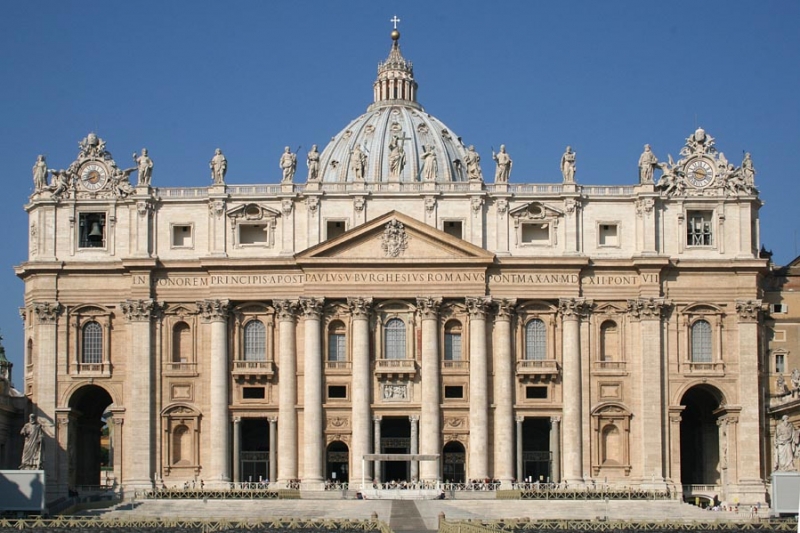
St Nimatullah Al Hardini Portrait
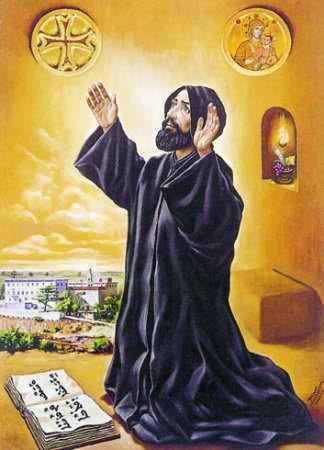
MARONITE HISTORY
OVERVIEW
St Maroun “The Little Lord” was a 4th century Catholic Priest and Hermit whose followers, after his death, founded a Catholic movement that became known as the Catholic Maronite Church. The Catholic community which grew from this movement are the Catholic Maronites.
St Maroun was born around 350AD in Cyrrhus, a small town near Antioch, Syria, was a Priest who later became a Hermit, retiring to the mountain of Taurus in the region of Cyrrhus. His holiness and miracles attracted many followers and drew attention throughout the empire.
St Maroun embraced a life of quiet solitude and was known for his simplicity and his extraordinary desire to discover God’s presence in all things.
St Maroun is often portrayed in a black habit garment with a hanging stole, accompanied by a long crosier staffed by a globe surmounted with a cross. His feast day is celebrated on February 9.

MONASTIC SPIRITUALITY
St Maroun’s way was deeply monastic with emphasis on the spiritual and ascetic aspects of living. For St Maroun, all was connected to God and God was connected to all. He did not separate the physical and spiritual world and actually used the physical world to deepen his faith and spiritual experience with God.
St Maroun was able to free himself from the physical world by his passion and fervour for prayer and enter into a mystical relationship of love with God. He lived his life in the open air and spent his time in prayer and meditation exposed to the forces of nature such as sun, rain, hail and snow.
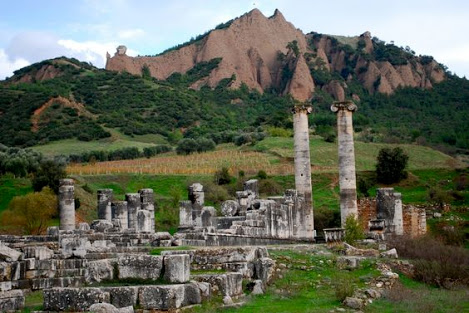
MISSIONARY
St Maroun was a mystic who started this new ascetic-spiritual method that attracted many people in Syria and Lebanon to become his disciples. Accompanying his deeply spiritual and ascetic life, he was a zealous missionary with a passion to spread the message of Christ by preaching it to all he met. He sought not only to cure the physical ailments that people suffered, but had a great quest for nurturing and healing the “lost souls” of both non-Christians and Christians of his time.
This missionary work came to fruition when in the mountains of Syria, St Maroun was able to convert a temple into a church. This was to be the beginning of the conversion to Christianity in Syria which would then influence and spread to Lebanon. After his death in the year 410AD, his spirit and teachings lived on through his disciples.
The Catholic Maronite faith reached Lebanon when St Maroun’s first disciple, Abraham of Cyrrhus, who was called the Apostle of Lebanon, realised that there were many non-Christians in Lebanon and so he set out to convert them to Christianity by introducing them to the way of St Maroun.
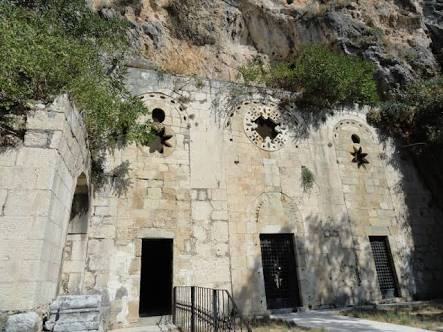
THREE SOURCES
We have three available sources regarding St Maroun’s Life. The first and most detailed source is from his biographer, Theodoret of Cyrrhus, who wrote “A history of the Monks of Syria” in the 5th century. The second is from St John Chrysostom, the “Golden Mouth”. The third is the Catholic Maronite Liturgy and the first Catholic Maronites:
1) Theodoret of Cyrrhus
Theodoret explains that pagans previously worshiped on the hill. St Maroun converted the hill to a place of Christianity and his “soul received the words of the Gospel.” He chose the “poverty of Christ over the riches of this world.” His asceticism (a life of abstinence) was also marked by a continued attachment to people. They came to him and St Maroun prayed and healed “not only the infirmities of the body, but applied suitable treatment to souls as well.” He set examples of chastity, prayer, meditation, labor and of course love. St Maroun example inspired many disciples, both men and women.
2) St John Chrysostom
The other source we have about St Maroun is St John Chrysostom. While in exile, and during one of the most difficult times of his life, St John Chrysostom wrote to St Maroun and asked him to pray for him. Below is an extract of the letter:
“Dear Maroun, we are bound to you by love and interior disposition, and see you here before us as if you were actually present. For such are the eyes of love; their vision is neither interrupted by distance nor dimmed by time… we address ourselves to your honour and assure you that we hold you constantly in our minds and carry you about in our souls wherever we may be… please pray for us.”
3) the Catholic Maronite Liturgy and the first Catholic Maronites
After St Maroun’s death, a great monastery was built in Syria in 452AD called Beit Maroun and the monastery flourished. However, from the 6th century, things became dangerous for the first Maronites and they were persecuted for their obedience to the Catholic faith and the Council of Chalcedon. In the year 517AD, 350 Catholic Maronite Monks were killed.
The Catholic Maronites, elected their first Patriarch, St John Maroun in the year 685AD. He was affirmed by Pope Sergius I, highlighting that the Catholic Maronite Church was in communion with Rome since the beginning.
In 694AD, 500 Catholic Maronites were killed and by 938AD Beit Maroun was completely destroyed and the Maronite Patriarch fled to the Mountains of Lebanon. The persecution resulted in many Catholic Maronites migrating from Syria to Mount Lebanon.
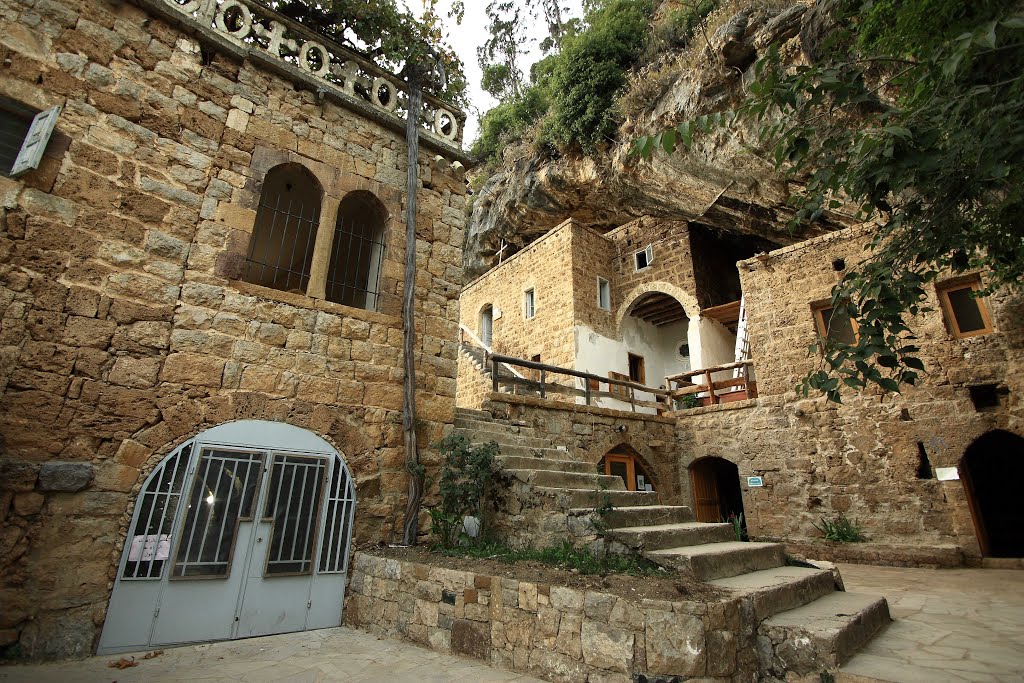
MARONITES IN THE MOUNTAINS OF LEBANON
The Catholic Maronite Church flourished in the rocky mountains under the Cedars of Lebanon and prospered in the hills and valleys of Qannoubine and Qadisha. By the 13th Century things once again became volatile for the Catholic Maronites. They were attacked in the north of Lebanon and in the Catholic Maronite villages of Ehden, Bsharre, Hadath El-Jibbe, Mayfouk and other villages.
Patriarch Daniel El Hadsheeti was killed and in 1367AD Patriarch Gabriel Hejola was burned alive. During that time many Catholic Maronites escaped to Cyprus where there was a Catholic Maronite Church. In 1440AD, to escape persecution, the Catholic Maronite Patriarchate moved from Mayfouk to Wadi Qannoubine, where it took refuge.
In 1860, under the Ottoman rule, many villages, churches, and monasteries were completely destroyed. During this time many Maronites were martyred. On July 10, 1860, the Massabki brothers: Francis, Abed El-Moati, and Raphael were martyred in Damascus. They remained steadfast in the face of persecution and refused to deny their faith. Pope Pius XI beatified them on October 1, 1926.
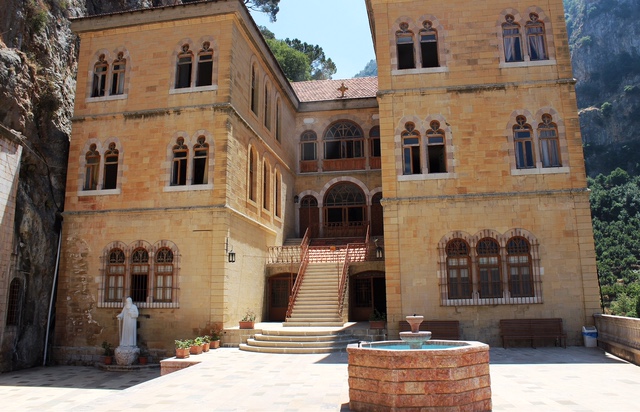
THE MARONITES OF THE EXPANSION
By 1915, Ottomon rule, famine, disease and war created a great wave of migration in particular to the Americas. Many Catholic Maronites became scattered throughout the world, which made the Church grow outside of Lebanon. The Catholic Maronite Church became international. No longer were they Maronites of the Middle East, but also American, South American, European, African and Australian Catholic Maronites.
Patriarch Daniel El Hadsheeti was killed and in 1367AD Patriarch Gabriel Hejola was burned alive. During that time many Catholic Maronites escaped to Cyprus where there was a Catholic Maronite Church. In 1440AD, to escape persecution, the Catholic Maronite Patriarchate moved from Mayfouk to Wadi Qannoubine, where it took refuge.
In 1860, under the Ottoman rule, many villages, churches, and monasteries were completely destroyed. During this time many Maronites were martyred. On July 10, 1860, the Massabki brothers: Francis, Abed El-Moati, and Raphael were martyred in Damascus. They remained steadfast in the face of persecution and refused to deny their faith. Pope Pius XI beatified them on October 1, 1926.
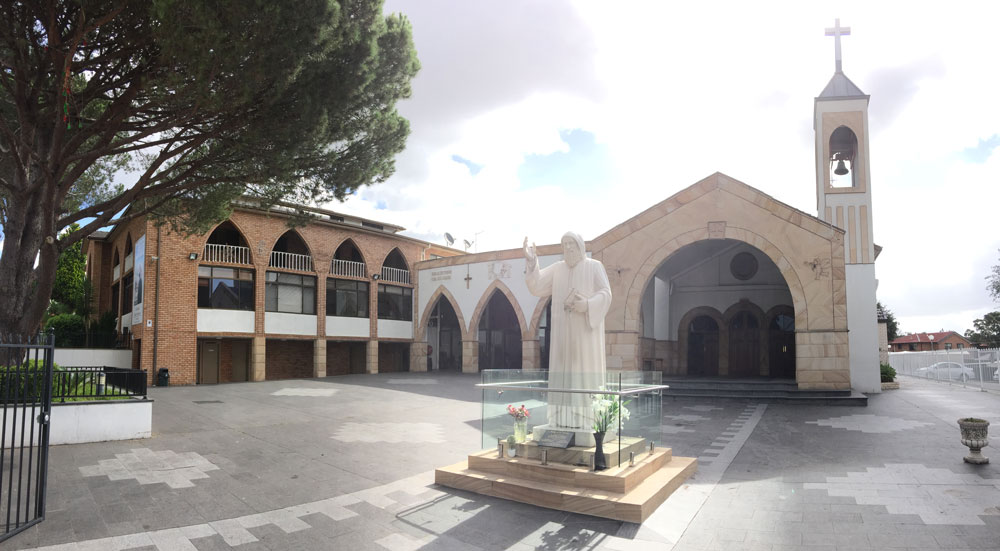
THE IMPORTANCE OF MAINTAINING OUR CATHOLIC MARONITE TRADITIONS
Our Catholic Maronite ancestors overcame great persecution to protect their Church and their faith. They remained steadfast in the face of persecution and committed to Christ and St Maroun. Their shield was prayer. Out of their experience developed a superb liturgy and many beautiful traditions.
We are called by the Universal Catholic Church to protect those traditions. In his very beautiful Apostolic letter, Orientale Lumen, Blessed Pope John Paul II declared.
“…I listen to the Churches of the East, which I know are living interpreters of the treasure of tradition they preserve. In contemplating it, before my eyes appear elements of great significance for fuller and more thorough understanding of the Christian experience…the Christian East has a unique and privileged role as the original setting where the Church was born… Tradition is the heritage of Christ’s Church…Tradition is never pure nostalgia for things or forms past, nor regret for lost privileges, but the living memory of the Bride, kept eternally youthful by the Love that dwells within her.”
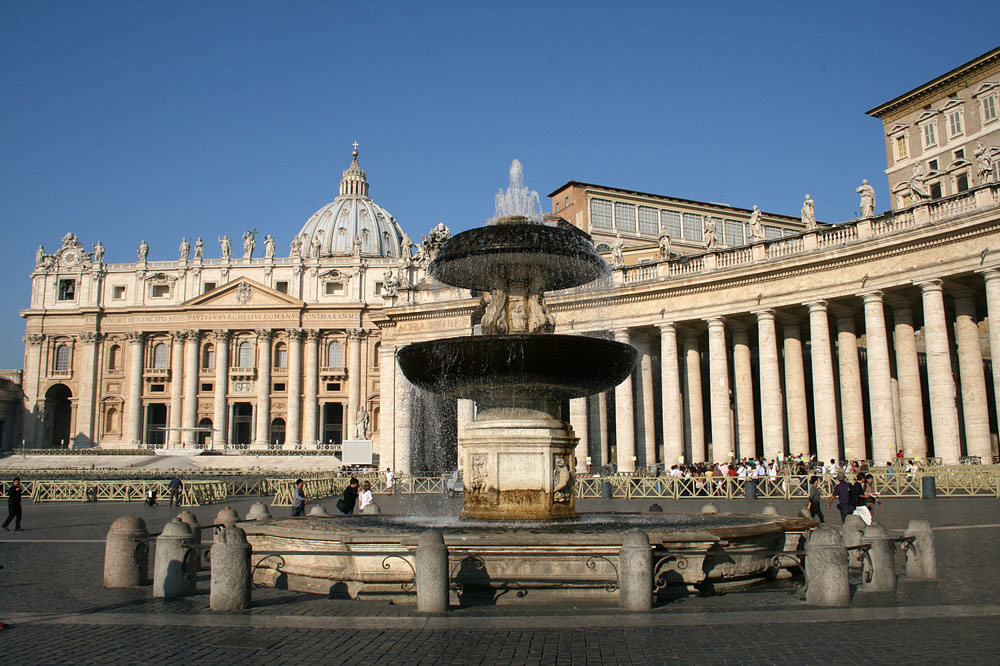
St. Maroun Portrait
